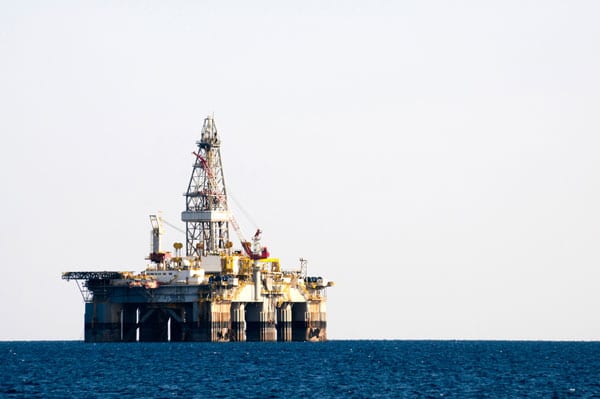Robots Could Change the Oilfield
September 20, 2018
Robotics and automation will disrupt nearly every industry in the coming years, from customer service to shipping and logistics to transportation. Oil and gas will not be immune to these changes. In fact, by all accounts, robotics is already changing the oilfield today.
Automation isn’t new to the world of offshore oil exploration. Ever since the 1970s, offshore oil rigs have been embracing technologies that aid in autonomous drill positioning and operation. These technologies have driven levels of efficiency and safety in oil production that would have been a fantasy only half a century ago.
With the growing sophistication of robotic technology, the oil industry will transform even further. According to E&P Hart Energy, there is a new mobile robot on its way that will completely rewrite the rules for inspecting offshore oil platforms.
 How Robots Could Change the Oilfield
How Robots Could Change the Oilfield
The New Oilfield Inspection Robot
The robot in question was developed in a collaboration between Taurob Gmbh (a robot manufacturer based in Austria) and Technische Universitaet Darmstadt (a research university located in Hessen, Germany). The two entities teamed up to compete in a robotics challenge, put forth by Total S.A., called the ARGOS Challenge (with “ARGOS” standing for “Autonomous Robots for Gas and Oil Sites”).
Taurob and TU Darmstadt ended up winning the ARGOS Challenge by delivering a robotic prototype that can inspect oil platforms on its own, with no human guidance or monitoring. The robot can navigate narrow pathways, climb stairs, and navigate its way around obstacles. It can also perform visual inspections and take readings and measurements—including temperature, gas concentration, gauge and valve positions, and more. Finally, the robot is ATEX (Atmosphere Explosible) certified, which means it can safely work in a flammable environment, such as an offshore oil platform.
The robot isn’t headed to the market just yet. Instead, the designers are in the process of updating the prototype. There are plans to go through another two versions of the robot—project work that will last through the end of 2019. Those additional steps are intended to make the robot more reliable and easier to operate. The goal is to deliver a robotic solution that can be implemented on any oil rig without the need for robotics specialists on the site or the payroll.
The Eelume Underwater Robot
There is also another autonomous robot in the works meant for use on oil platforms, developed by the Norwegian company Eelume. The Eelume robot is an autonomous underwater vehicle that is designed to live permanently underwater after deployment. The robot looks like a snake—or, as Eelume describes it, a “self-propelled robotic arm.” The flexible design of the robot allows it to travel long distances, operate in any weather conditions, and reach underwater spaces that are difficult to access for other submerged vehicles. Each end of the arm can act as a hand, allowing the robot to perform complex inspection and intervention tasks.
These two robots represent a significant innovative shift for the oil industry. If prototype testing for these robots proves successful, they could change the way we inspect offshore platforms—both underwater and aboard rigs. All operators would do well to keep up with the latest tests, trials, and developments of these two groundbreaking technologies.
Stay Updated with What’s Happening in the Oilfield
Sign up to receive our monthly email newsletter to get oil rig activity and other oilfield news.


